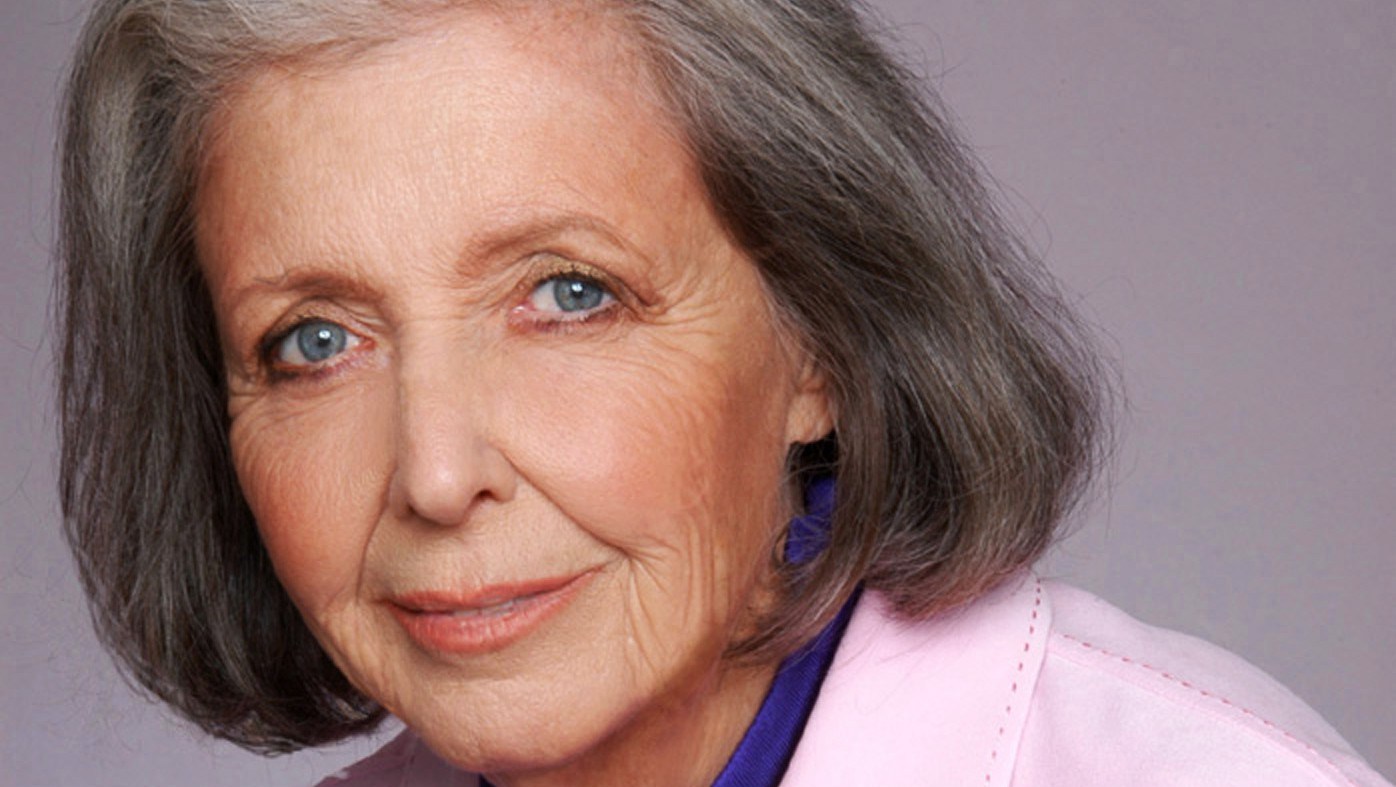
Today we are showcasing, Corinne Whitaker, a pioneer in the digital arts. Whitaker got her start in the digital arts in the early 80’s processing irrational equations through various programs to see what forms would appear. After more than 3 decades, her work has grown to include massive 3D printed sculptures, catalogs of digital designs, and paintings. Whitaker has exhibited her work at galleries and museums around the world.
Could you tell us a little about yourself?
I am based in Foster City, CA., in the heart of Silicon Valley, at the
epicenter of the “Can Do” ethos, surrounded by innovation and optimism. I
started working/playing with computers in 1981, when I became fascinated
with the patterns and colors they offered, realizing that they could see
millions more colors than the human eye. I was also intrigued by the idea
that I was entering unknown territory, where few had ventured before me.
There were lots of questions, few answers, and no rules (my kind of
place). That’s why my recent solo show at the Peninsula Museum of Art in
Burlingame, CA was titled “NoRules”! This meant that I didn’t have the
ghosts of Ansel Adams on one shoulder and of Picasso on the other. It was
both exhilarating and scary.

Where does your experience in 3D modeling originate?
Initially there were almost no art programs, let alone 3D, so I began by
entering irrational equations into science programs to see what would
happen. I love accidents, and I still work that way. At the start, desktop
computers had neither parallel processing nor multi-tasking, so creating
in 3D was more than challenging. (ie, 48 hours of down time, ending in a
frozen screen and no image!). Eventually I worked with a Canadian company
(Alias Sketch) whose software offered organic possibilities combined with
excellent customer support; unfortunately they were bought out and
discontinued.

What is your preference in modeling software and why?
Computers at that time were essentially edge-based and geometric, whereas
I have always been drawn to the organic. This continues to influence my
choice of programs today.
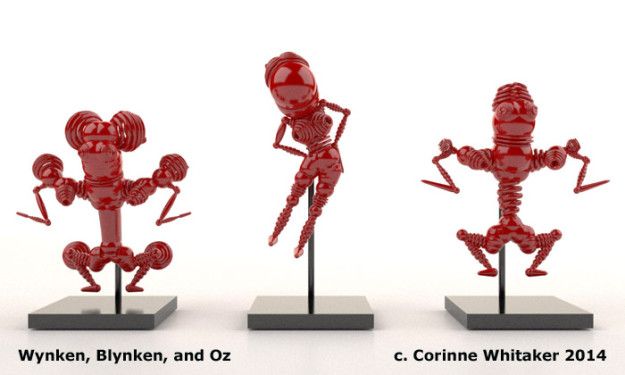
What are your designs inspired by? Could you please share the story behind your sculptures?
My designs are influenced by my conviction that the human species is due to expire, either by self-destruction, exhaustion of natural resources, or cosmic intervention (are we the dinosaurs, after all?) so I create as though I were out in the cosmos somewhere, free of gravity, and speculating on what the next creatures might look like.I am also convinced that a new visual language is necessary to reflect the change in viewpoint that NASA gave to us with its explorations in space. Basically they freed us from Renaissance perspective and introduced a cosmically-based view of living matter. The next group of creatures will almost certainly be based on something other than carbon: what happens if they view us with dismay, if they do not want to acknowledge us as their forebears, if they cannot even figure out what humans were used for? Being unseen in history is a terrifying thought (although one familiar to women artists, but that’s another story).
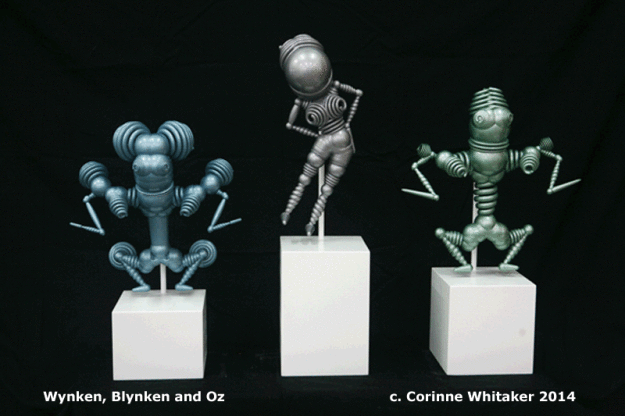
What was your first interaction with 3D printing & Shapeways?
Shapeways has played a large role in my success. It is a leader and
ground-breaker in the industry, enabling me to experiment with life-sized
3D printed figures where other were afraid to try. Its professionalism is
admirable and its customer service a joy. 3D printing allows me to bring
to life the swirl of designs that populate my visual realm. As an industry
it will definitely revolutionize many fields of endeavor.
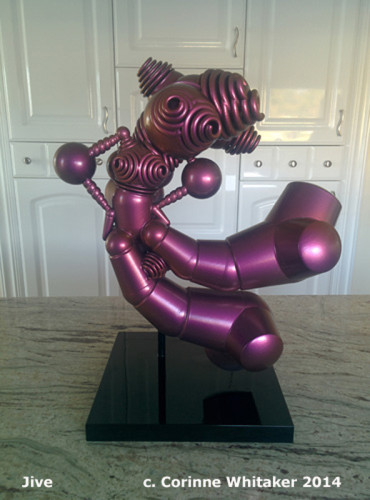
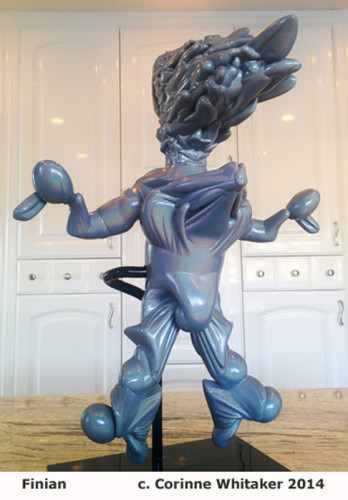
Could you describe your process for creating your sculptures?
My thought process is one of letting go and traveling through ideas. It
involves the challenge of putting your ego aside and letting yourself go
crazy to some degree. As artists we have the luxury of knowing that
although we share the wild territory of the insane, we have a round-trip
ticket back to what is commonly called sanity. I like to say that we are
willing to touch the thorn barehanded in order to know the rose.
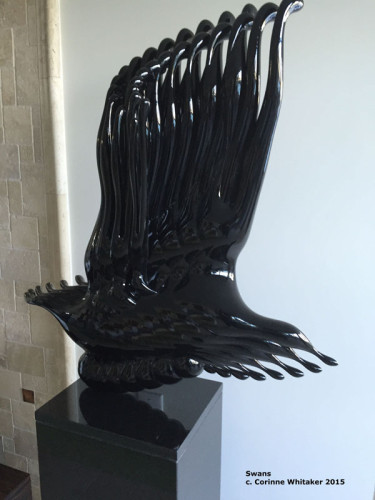
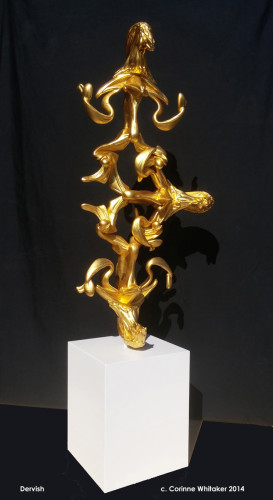
At the moment, the biggest difficulty in creating 3D printed sculpture
remains the software. It presents a steep uphill learning curve.
Familiarity with standard 2D software does not translate easily into 3D,
and each 3D program tends to have its own vocabulary. Eventually we will
do away with the software entirely.
But if you love challenge, if you love exploring the new and unfamiliar,
if you love experimenting and want to taste tomorrow, this is the place to
be!
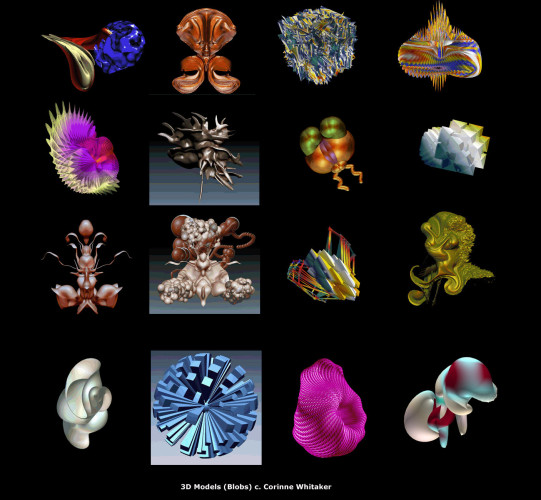
For more with Whitaker:
You can find all of Whitaker’s work on her website, www.giraffe.com
To learn more about her history, en.wikipedia.org/wiki/Corinne_Whitaker
Current Exhibitions:
On view at Vargas Gallery, Mission College 3000 Mission College Blvd, Santa Clara, CA 95054 December 1st – December 19th
“Virtually Solid: Digital Fabrication as Sculpture” at Wilson Center of the Arts, Florida State College 11901 Beach Blvd, Jacksonville, FL January 2016
On view at Paul Mahder Gallery 222 Healdsburg Avenue Healdsburg, CA 95448 (http://www.paulmahdergallery.com/artists/whitaker/corinne_whitaker.htm)
Publications:
Four catalogs of CAD models and poetry, all titled “If We Are Erased”
www.amazon.com/s/ref=nb_sb_noss?url=search-alias%3Daps&field-keywords=corinne+whitaker www.giraffe.com/gr_catalogs.html
“It’s like putting a microscope inside my brain to illuminate the origins of my new species.”



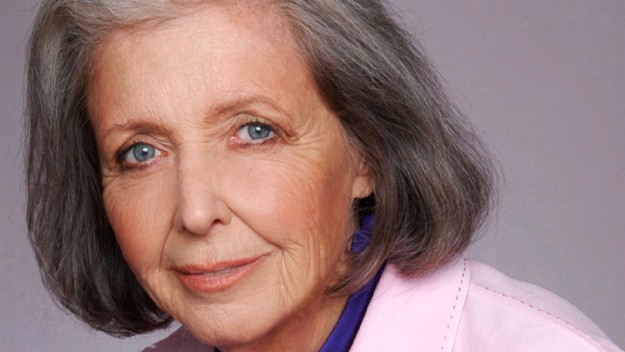
Corinne got it right when she said: “the human species is due to expire.” No surprise, but what is surprising is that we are at all.
Thank you, Corinne. Carry on!